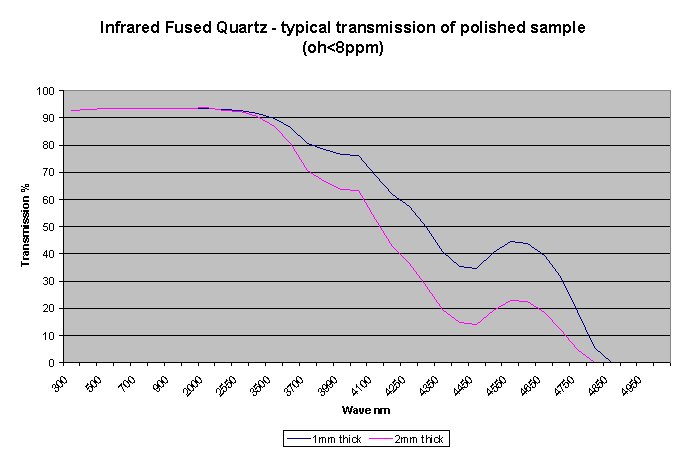I need to measure the temperature of a fluid inside 5mm x 5mm x 5mm quartz glass sampling tube. If the spot radius is 5mm/2 = 2.5mm, the measurement distance for the TMP006 IR sensor is 2.5mm/2 = 1.25 mm. This is the maximum distance for a 90% signal per the TMP006 User's Guide (SBOU107-May2011) pp6 Figure 3. The sampling tube is enclosed in an insulated plastic housing. Will the TMP006 function at this distance?
-
Ask a related question
What is a related question?A related question is a question created from another question. When the related question is created, it will be automatically linked to the original question.


